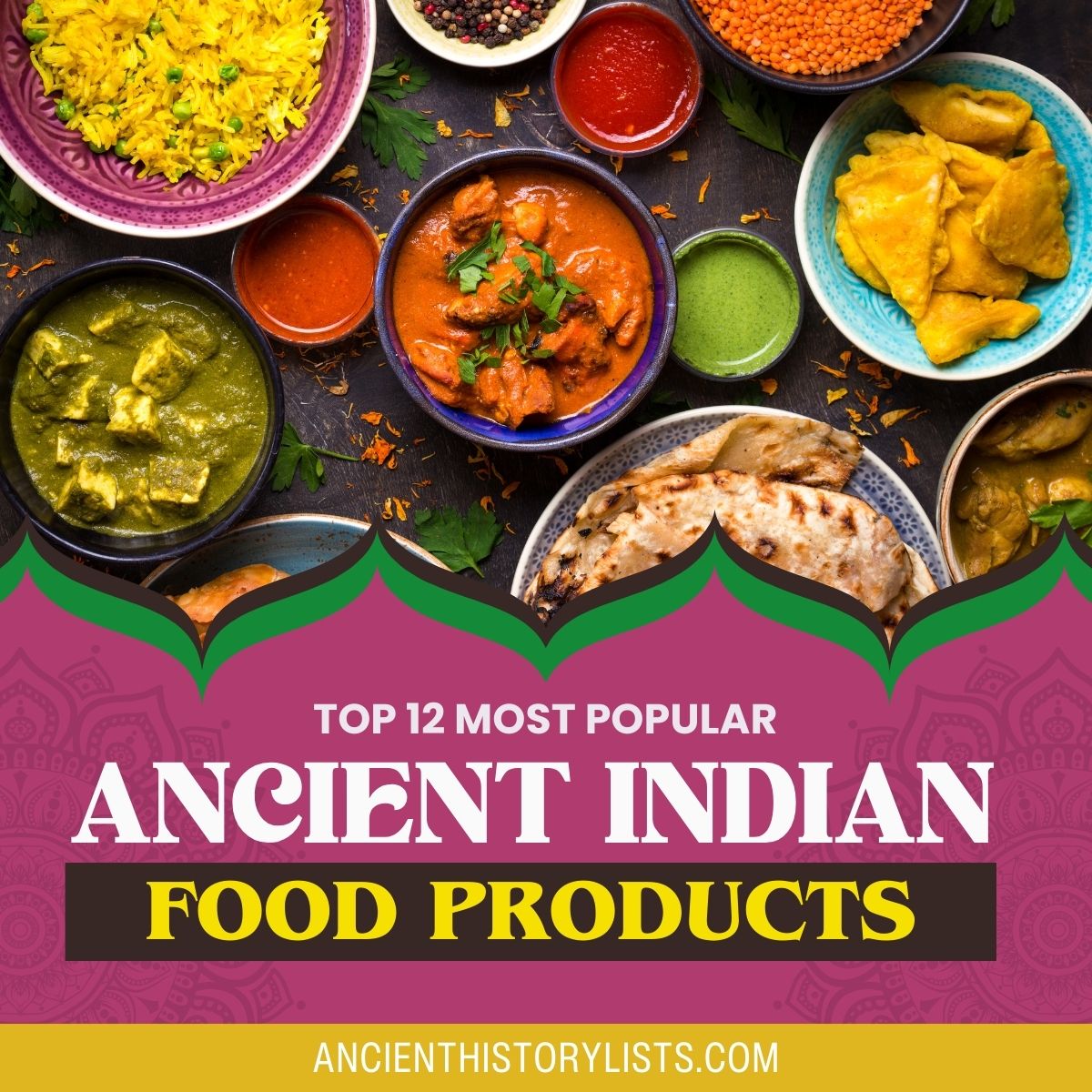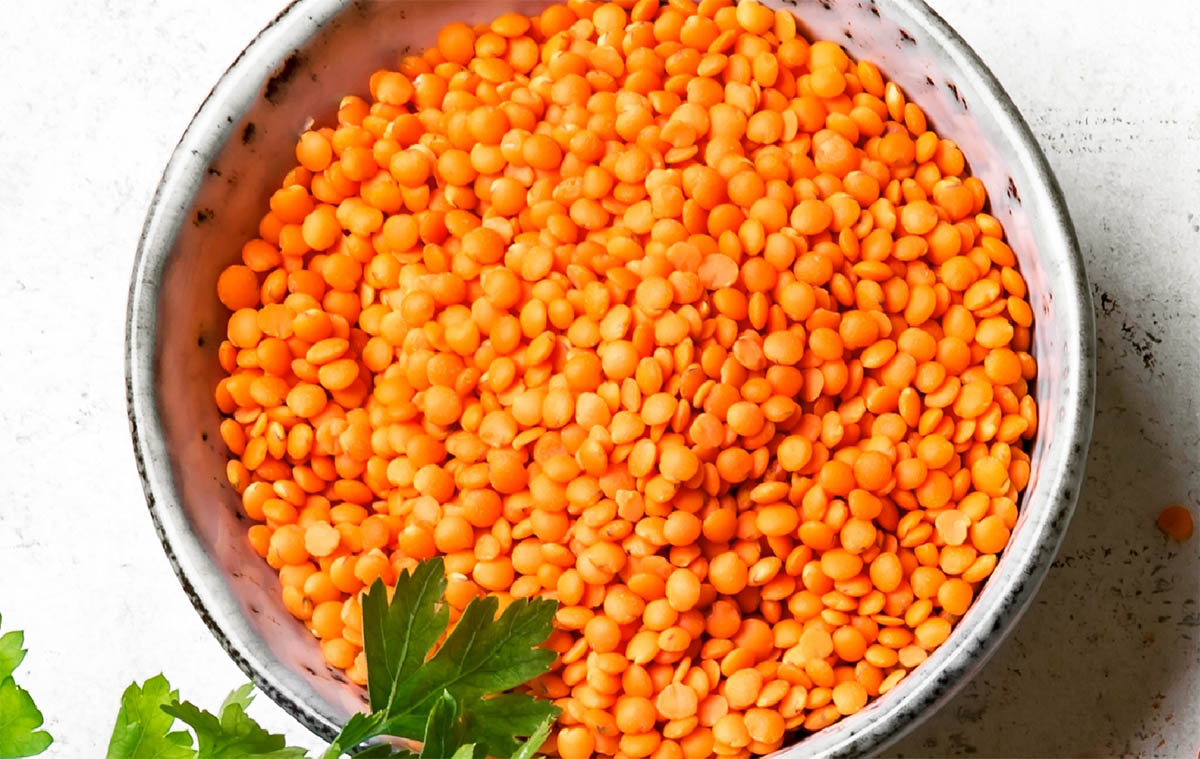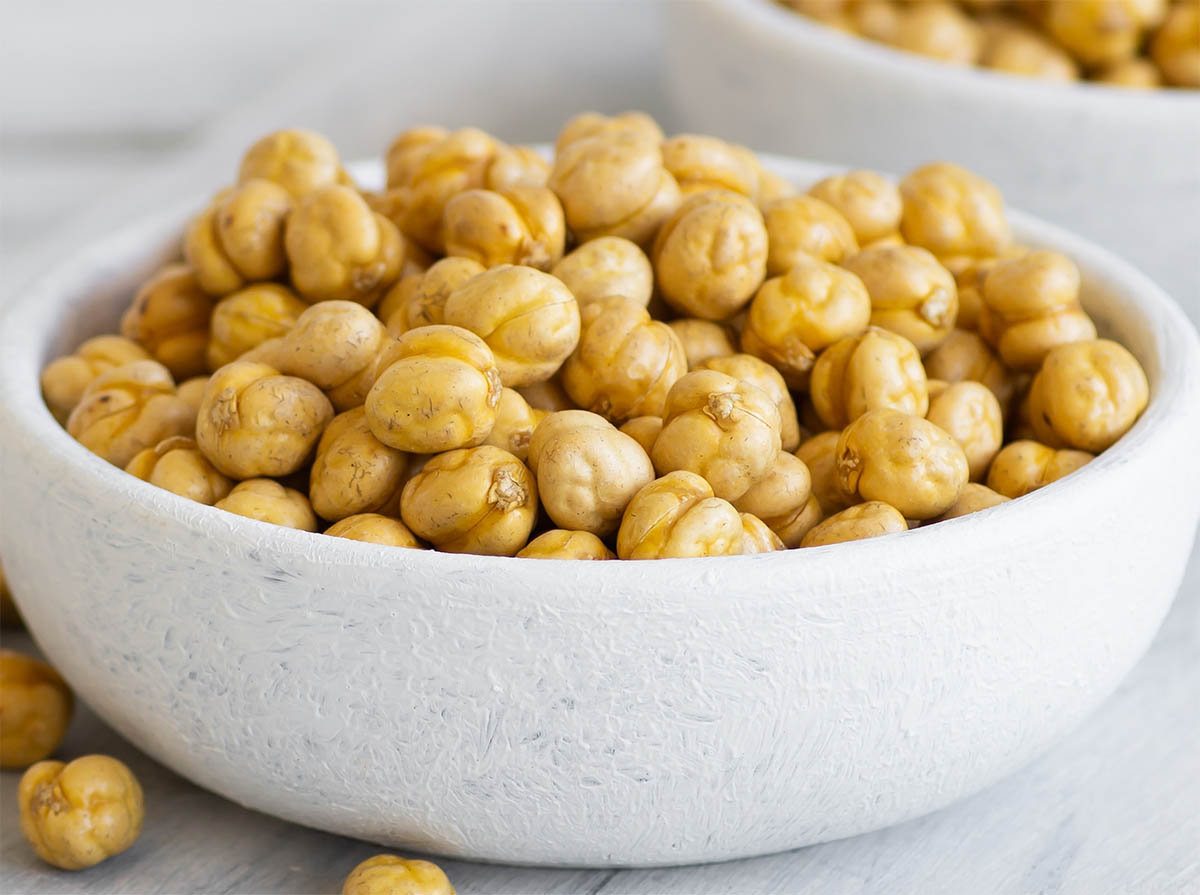Whenever you go out to eat, or even if you cook at home, no matter where you are in the world, there is a good chance that you will be using at least one ancient Indian spice or food product.
These products were discovered hundreds of years ago and have been used in Indian cooking for centuries. Due to migration, the cuisine of India has spread across the globe. When these cuisines are introduced to different parts of the world, they are adapted to fit the tastes of the locals.

What Food Was Consumed by the Ancient Indians?
The earliest Indians, the Harappans, ate mainly wheat, rice, millets, chickpeas, and lentils. In ancient India, people would also consume dairy, legumes, grains, vegetables, fruit, and honey. Fishing nets have been found in the remains of ancient coastal cities which shows that people also consumed fish, although meat was not eaten on a regular basis.
Because of the diversity of soil types, cultures and climates, the food people ate varied from place to place. Food was also influenced by religion and tradition. In Hindu culture, the Bhagavad Gita prescribes certain dietary practices, and in other places, Indian cuisine is influenced by Islamic principles.
Some of the most famous ancient Indian foods are as follows:
1. Ghee
Derived from the Sanskrit word grita, ghee is a form of clarified butter and is very popular in Indian cooking. It is also used in traditional medicine and religious ceremonies. Its preparation involves simmering butter which is churned from a cream-like curd.
Any impurities that rise to the surface are skimmed off and the solid residue that is left at the bottom is discarded, leaving only the clear liquid fat. The quality of the ghee depends upon the quality of the butter and the milk which is used in the process.
The main differences between ghee and clarified butter stem from its production. Clarified butter is made after all the water has evaporated and the fat has been separated from the milk solids. The production of ghee, on the other hand, includes the simmering of butter.
2. Lentils

Lentils are legumes, and people have been eating them since 10,000 BC. They were first traded to India in 2500 BC and from then on have been a staple in the Indian diet.
In India, lentils with their hulls removed are called dal. Dal is a staple in Indian diets, and people eat it with rice or roti. Lentils are also used as a stock to thicken vegetarian curries. Lentil flour is used to make puris, parathas, and papadums. Lentils are easy to prepare and are consumed by the vegetarian population in India as a good source of protein.
Lentils can grow on a variety of soils, but they cannot tolerate waterlogged soil. They are used around the world in the preparation of many popular dishes but are most widespread in South and West Asia. India is one of the top three producers of lentils in the world.
3. Rice
Rice is a staple in most parts of the world including India. As India is one of the biggest suppliers of rice around the world, rice production is very important to the country’s economy. Rice is cheap and easy to cook, and many different cultures in India make dishes with rice.
Puffed rice or bhel is a very popular Indian snack. In south India, fermented rice is used to make south Indian snacks like dosa and idli which form the daily breakfast menu. Biryani is also a popular dish in India and uses rice as its main ingredient.
Rice grows on many different types of soil like loam and gravel. A variety of methods can be used to cultivate rice, but in India, the traditional way of ploughing is most popular. Farmers plough the field, and fertilizers made of cow dung are sprayed on the ground. The seeds are sown by hand and then cultivated through irrigation.
4. Sugar
Sugar has been produced in India for centuries, and many Indian scriptures have written about the use of sugar from sugarcane (see 8). Sugar is mainly derived from beet or cane. Sugar from cane is made by extracting the juice of the sugarcane that has been left to dry in clumps.
People used to chew raw sugarcane, which was a native of South Asia, to extract its sweetness, and because sugar used to be very expensive, honey was used to sweeten food instead. Sugar is essential for many dishes around the world, especially desserts such as Indian desserts like modak, gajar ka halwa, and gulab jamun.
Sugar provides an instant energy hit and is an integral part of the human diet. However, although sugar is important, too much of it can be damaging to health and lead to addiction and obesity, so it should always be consumed in moderation.
Sugarcane
Sugarcane has been growing in south India for a long time and was probably one of the first plants that Indians grew. Sugar comes from sugarcane and beet but 79 percent of sugar comes from sugarcane. The Persians discovered it in India around 4 BC.
It is a tropical plant species that grows as shoots. Sugarcane was first introduced to the continent of North America by Christopher Columbus, and during the British rule in India, many people were required to work on sugarcane plantations.
Sugarcane can be milled to produce molasses, sucrose, or cane sugar. After milling, the residual sugarcane material is given to animals as fodder.
5. Cinnamon
Cinnamon is a popular spice around the world. It comes from the inner bark of certain trees and acts as a condiment in a variety of cuisines. It adds a lot of flavor to savory and sweet dishes and can also be added to tea and snack foods. Due to its aroma, it is often used in perfumes and scented candles.
Cinnamon originated in the Indian subcontinent, and in India, it is added to foods like biryani, curries, and baked goods. Cinnamon has been around in India for centuries, and it is popular in Indian dishes. Cinnamon not only has an excellent taste, but it also helps to preserve food. It was in part the Europeans’ love of cinnamon which led them to search for India, which eventually led to the discovery of the New World.
6. Chickpeas

The chickpea is one of the oldest grown legumes in the world and has been used in cooking for centuries. In India, chickpeas are a vital ingredient in chana masala, but people also add them to other dishes like dal, hummus, salads, and soups. Chana bhatura and many other vegetarian curries use chickpeas as the main ingredient, and many favorite Indian dishes use chickpea flour.
Unripe chickpeas can be eaten raw as a snack and the leaves used in salads. They can be cooked quickly and incorporated with different foods such as desserts like besan ka halwa and besan barfi.
They are a very nutritious food and are high in protein, fiber, and minerals. India produced 64 percent of the world’s chickpeas in 2016; they are also grown in Pakistan and Iran.
7. Turmeric
Turmeric is a yellow powder that is native to the Indian subcontinent. It is a common flavoring agent in many Indian foods like curry and tandoori chicken. Turmeric is also a coloring agent which can be used for dying because of its intense color. It also plays a big part in Ayurvedic medicine in India. It is used in many products such as canned beverages, dairy products, pickles, sauces, and gelatin, but its principal purpose in India is to make curries.
Sometimes turmeric is also used in Indian food to add color rather than flavor. Most of the time it is used as a powder, but sometimes it is used fresh, like ginger.
8. Black pepper
Black pepper was initially found in the Indian subcontinent in what is now known as Kerala. It is cultivated in many other tropical regions too. For a long time, ground or dried pepper has been used to add flavor to food. Its powder has also been used in different types of herbal medicine.
Because of its popularity, black pepper is one of the world’s most traded spices and is added to almost every dish around the world. It is often paired with salt to add flavor. No matter where you go in the world, you will always find black pepper.
9. Curd
Curd in India is also referred to as dahi. It is originally from India, and it develops during the fermentation of milk products. It is usually prepared at home with cow’s milk, but buffalo or goat’s milk is also used from time to time. From curd, we can make paneer and many different kinds of cheese like cottage cheese, curd cheese, pot cheese, and farmer’s cheese.
Dahi is a staple with most Indian meals. It is sometimes used in the cooking process but is also used as a dip for rotis and parathas. Some popular Indian dishes that use dahi are: dahi chawal, coconut chutney, raita, dahi vada, lassi, and papri chaat.
10. Sesame
Sesame is the oldest-known oilseed crop and was cultivated thousands of years ago in the Indian subcontinent. Most countries use sesame seeds to varying degrees in their cooking. Sesame is used for its rich flavor and is sometimes baked into crackers or added on top of burger buns and bagels. It is also used in Lebanese food as tahini paste.
In Tamil Nadu, in the south of India, sesame oil is used to make milagai podi which is eaten with other south Indian foods like dosa and idli. Some places in India use sesame oil as a preservative as well. Sesame is also commonly used in Hyderabadi food such as chutney and curries.
11. Honey
Honey is a sweet food substance produced by bees in honeycombs. Bees make this sticky substance from the nectar of flowers and store it in the combs. Honey can be used in food, medicine, and beauty products, and is a popular addition to a variety of cuisines around the world.
Because of its sweet taste, it is also added to drinks and can be used as a commercial sweetener. In India, honey is used to make bread and as a garnish for chicken dishes. It is also added to tea as a sweetener.
Conclusion
Even though most of these products did not originate in India, they have been extensively used in food for hundreds of years. Most of them were predominantly used in cooking but they were also widely used for their beauty and medicinal properties. Early Indians would eat food that was readily available in nature like fruit, legumes, and cereals. Although many more food products have been discovered since then, we are still using these popular ancient products today.